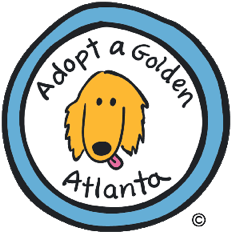A dog’s mouth is the canine equivalent of our hands; it’s what dogs use to pick up and examine things, evaluate their potential use, and transport them from one place to another. Chewing lets a dog know what something feels like, how it tastes, and whether it’s good to eat. It’s a natural part of dog behavior: You can no more train a dog to stop chewing completely than you can train him to stop breathing. Chewing is also an important part of the pup’s development. Just like babies, puppies chew in part to soothe sore gums during teething. It can take up to a year for a pup’s adult teeth to come in, so this is another instance where you’ll need lots of patience to teach your dog what he can chew and what he can’t.
Naturally, your dog will be attracted to anything with your scent on it, so be sure to put away shoes, socks, and other items you’ve handled that you don’t want destroyed. In fact, getting a puppy is terrific incentive to get everyone in your household to pick up clothes, shoes, and toys — if you don’t, the odds are they’ll be gnawed into oblivion. It won’t take too many instances of a favorite item getting shredded before even the most careless family member is putting things away. Never give a dog old shoes or clothing to chew on. Shoes especially will retain your scent. In fact, never give your dog anything as a chew toy that is the same as something you don’t want him to chew; he won’t be able to tell the difference between the old boot you gave him to gnaw and your new hiking boots.
Make those toys you want your dog to chew (and he should have a number of them) as appealing as possible. If he seems to be going exclusively for things with your scent on them, put chew toys in the laundry hamper for a day or two before giving them to your dog. Rubbing something tasty on the outside of chew toy or stuffing treats inside of hollow toys like a Kong can encourage the dog to select those items to chew on his own. In general, be sure you’re giving him the message clearly from the beginning. Give him the appropriate toys to chew, and praise him for chewing them. Always keep a chew toy within reach (even carry one with you). If you see your dog working on something you don’t want him to chew, quickly remove the item and replace it with a toy, then immediately praise him for chewing the correct item. There a million things in your home you don’t want him to chew; it’s much easier to teach him to recognize the handful of items he can chew.
We prefer the following three chew items to give your dog:
- Nylabones
- Large reindeer antlers (not sliced)
- Heavy duty Kong.
Please avoid bones which can splinter and rope toys.



